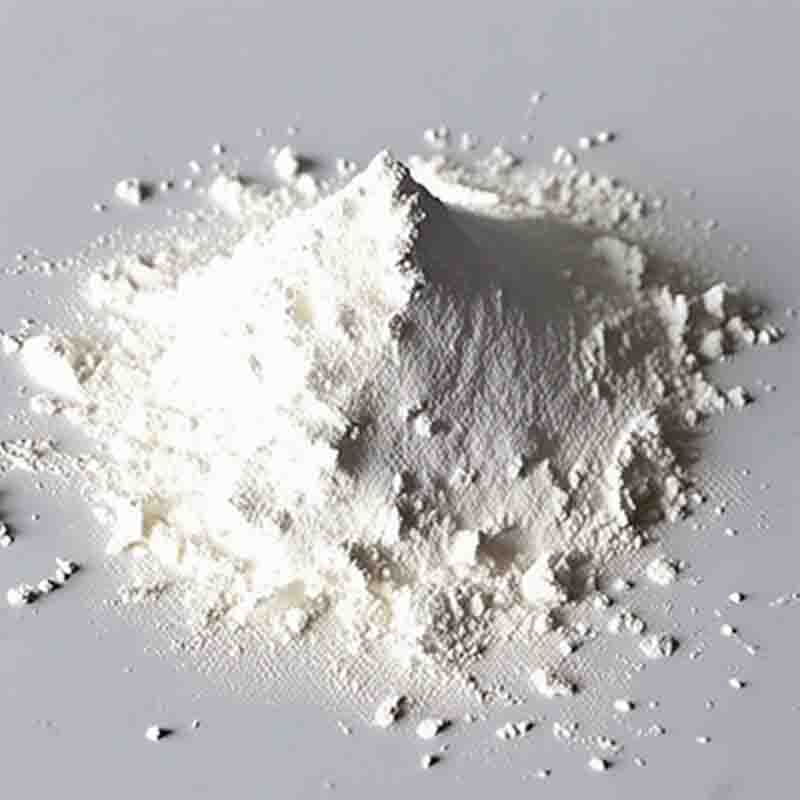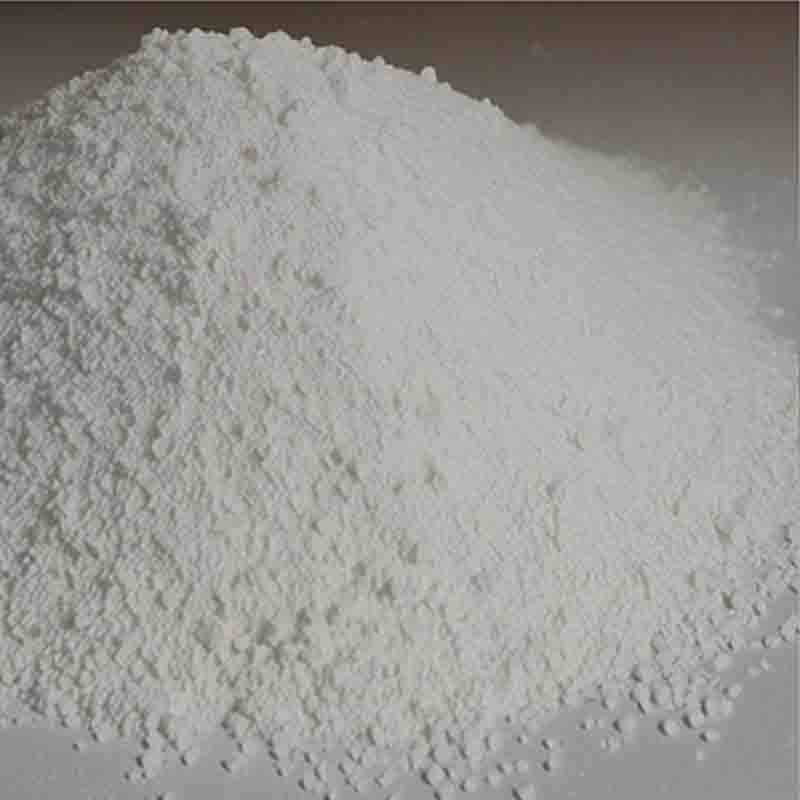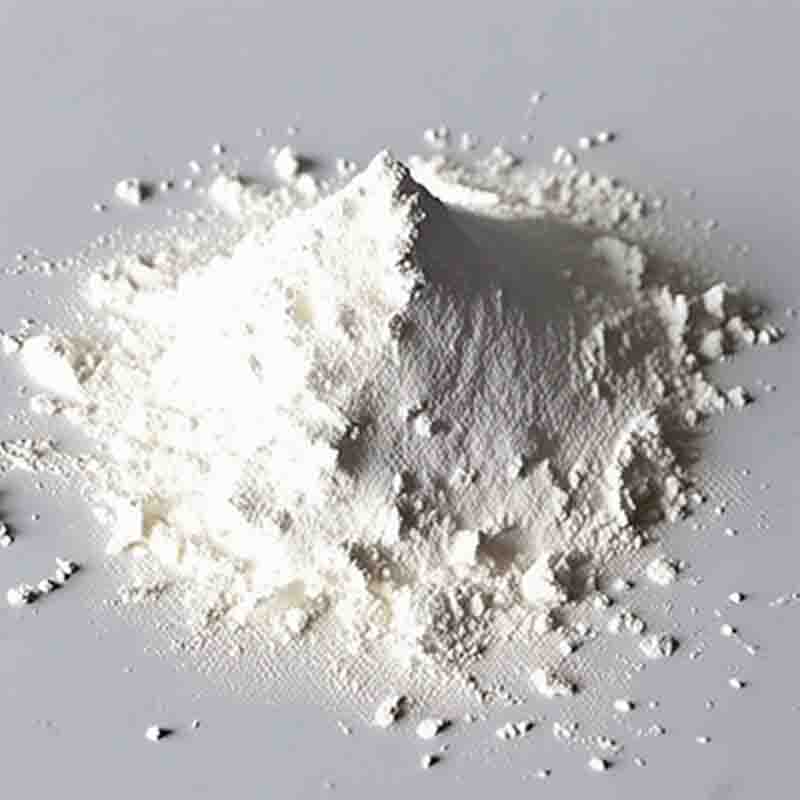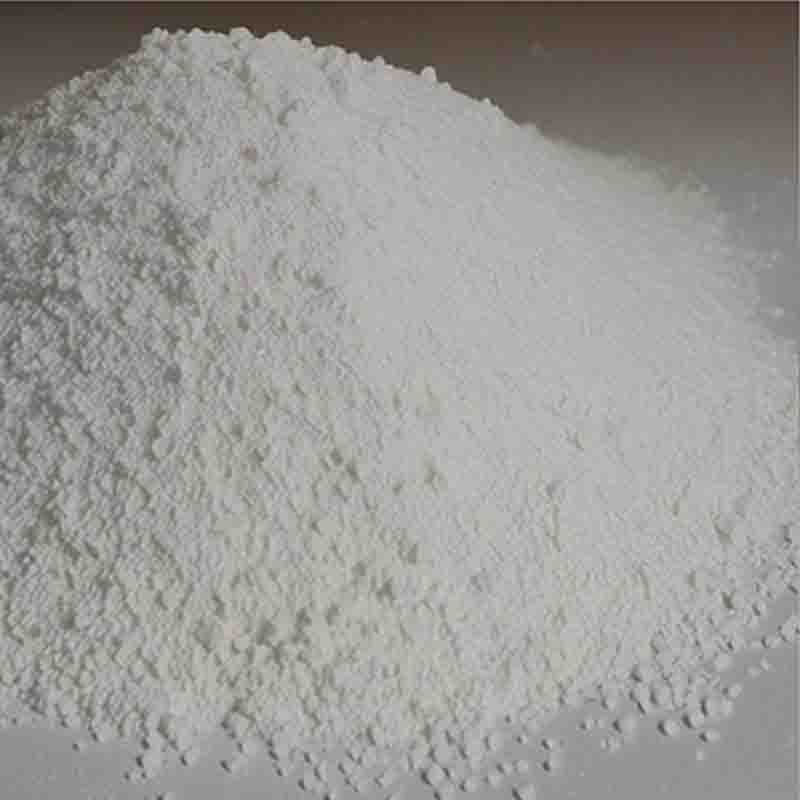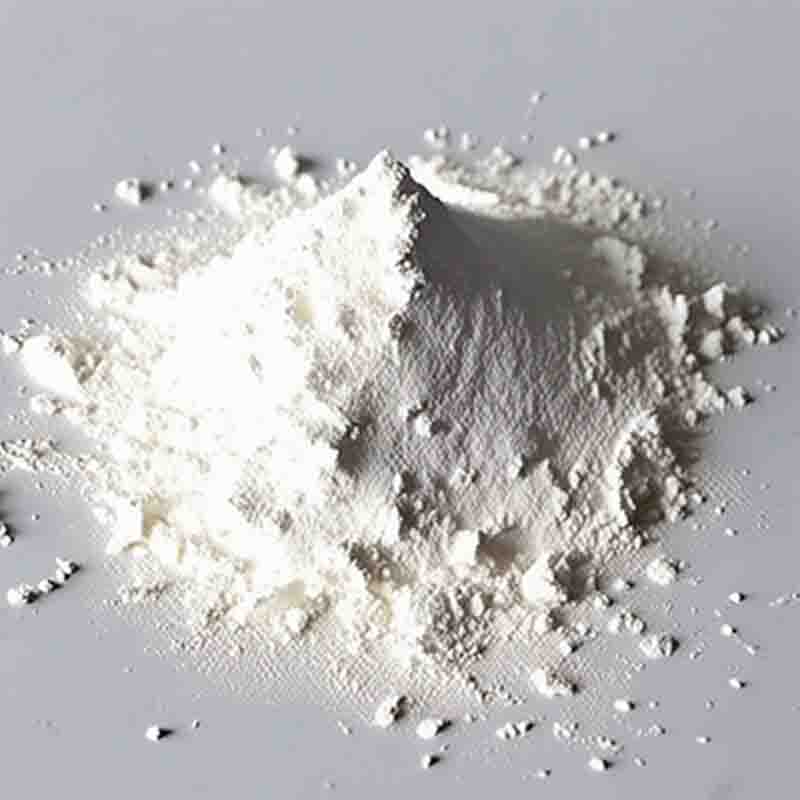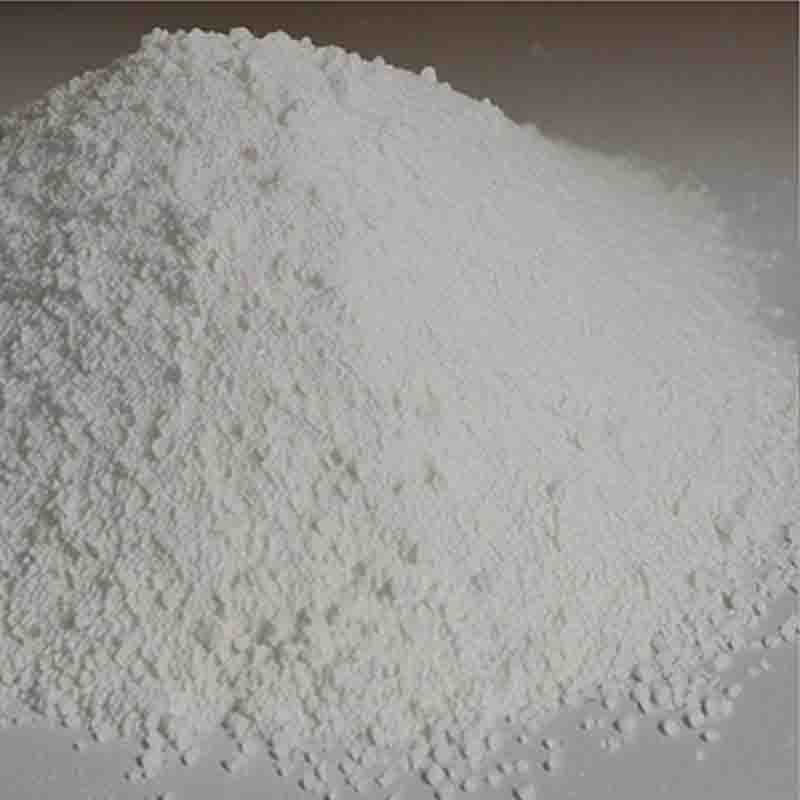2,3,4-Trimethoxybenzaldehyde CAS: 2103-57-3
| Catalog Number | XD94580 |
| Product Name | 2,3,4-Trimethoxybenzaldehyde |
| CAS | 2103-57-3 |
| Molecular Formula | C10H12O4 |
| Molecular Weight | 196.2 |
| Storage Details | Ambient |
Product Specification
| Appearance | White powder |
| Assay | 99% min |
2,3,4-Trimethoxybenzaldehyde is a chemical compound that has several important applications in various industries.
One of the main uses of 2,3,4-Trimethoxybenzaldehyde is as a flavoring agent. It is commonly used as a food flavoring additive due to its strong, sweet, and fruity aroma. Its unique chemical structure allows it to impart a pleasant aroma and taste to food and beverage products, such as candies, baked goods, and beverages.
Another important application of 2,3,4-Trimethoxybenzaldehyde is as a fragrance ingredient. It is commonly used in the production of perfumes, colognes, and other cosmetic products due to its pleasant and long-lasting aroma. Its unique chemical structure allows it to interact with the receptors in the olfactory system, creating a distinctive and appealing fragrance.
Furthermore, this compound is used as a building block in organic synthesis. It can be used as a starting material or intermediate in the production of various organic compounds, such as pharmaceuticals, agrochemicals, and specialty chemicals. Its unique chemical structure allows it to undergo various reactions, such as condensation and oxidation, to introduce specific functional groups and create desired molecular structures.
Moreover, 2,3,4-Trimethoxybenzaldehyde is also utilized as a reagent in analytical chemistry. It can be used as a derivatizing agent for the analysis of various compounds, such as amino acids and peptides. Its ability to react with specific functional groups allows for the formation of stable derivatives that can be easily analyzed using various analytical techniques.
In conclusion, 2,3,4-Trimethoxybenzaldehyde is a versatile compound with multiple applications in various industries. Its role as a flavoring agent in food and beverage products, fragrance ingredient in cosmetic products, building block in organic synthesis, and reagent in analytical chemistry make it valuable in the food, cosmetic, chemical, and research sectors.


